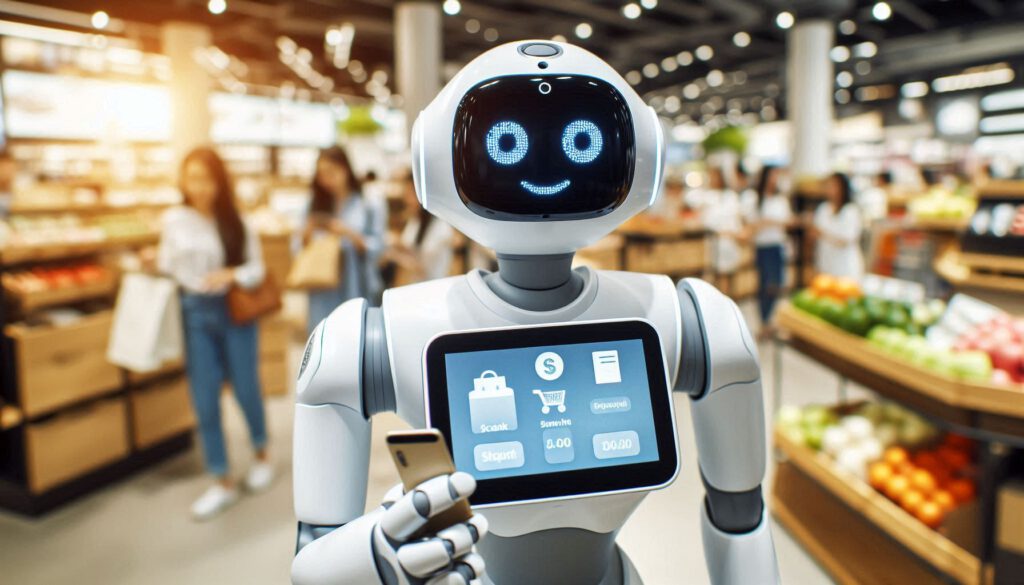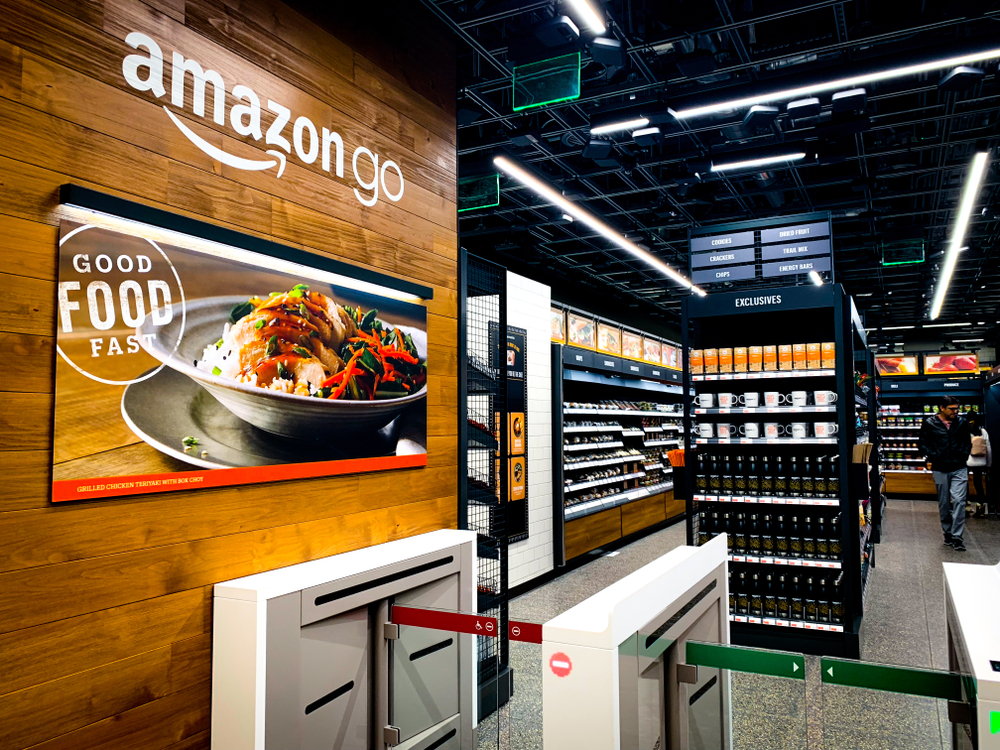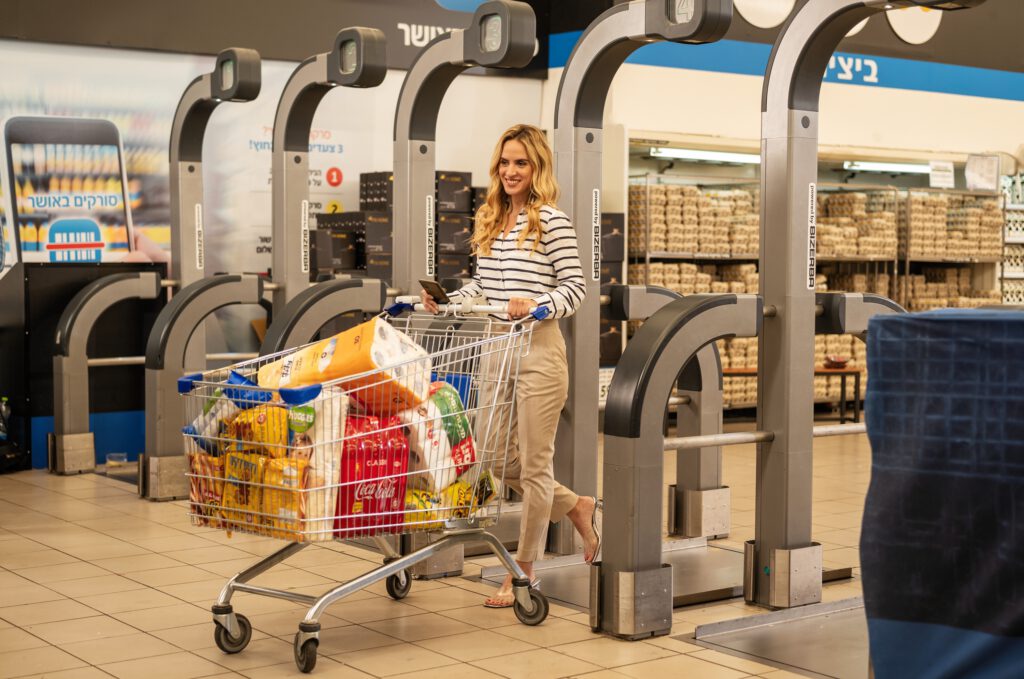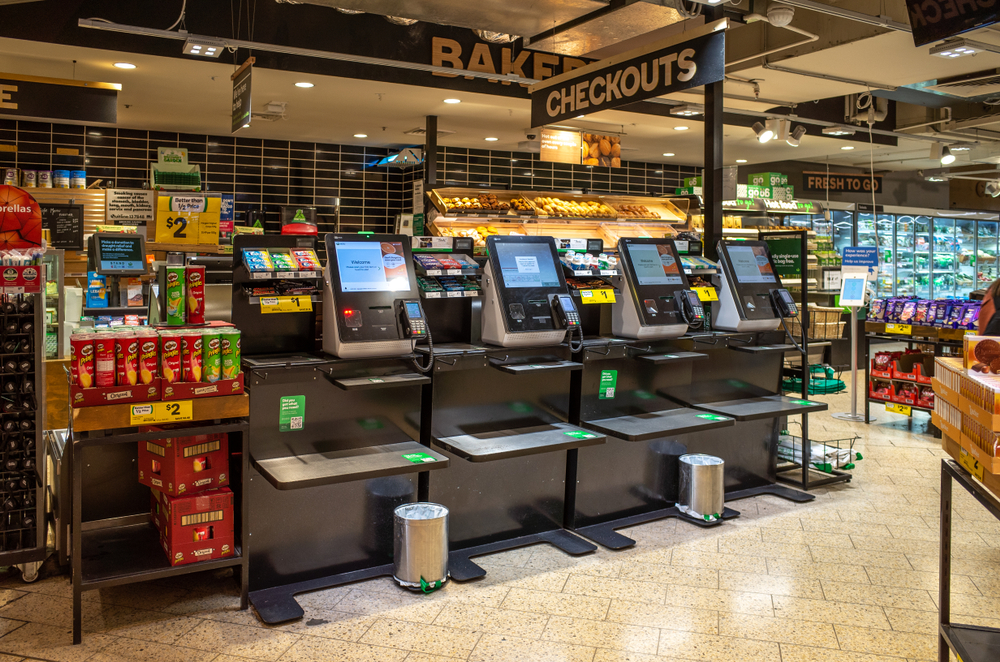The rise of self-checkout and self-scanning solutions in retail stores has transformed the shopping experience, offering convenience and speed. However, this shift has also brought a significant challenge: loss. Research suggests that self-checkout systems are associated with increased shrinkage, leading to substantial financial losses for retailers.
The Magnitude of the Problem
A major 2016 study by the New York Times revealed that self-checkout lanes were responsible for a 46% increase in retail shrinkage compared to traditional cashier-operated lanes. This translated into losses totaling billions of dollars for retailers annually.
Professor Adrian Beck, a leading expert in retail loss prevention, has conducted extensive research on the issue. His studies have identified several factors contributing to increased loss with self-checkout, including:
-
- Scanning errors: Beck’s 2018 research highlighted that the risk of a scanning error increases significantly as the number of items in the basket grows. This is particularly problematic for large grocery shopping trips, where customers are more likely to make mistakes while scanning.
- Bagging errors: Discrepancies between scanned items and items placed in bags, often due to confusion or deliberate concealment.
- Voiding transactions: Easy manipulation of the system to void scanned items without paying.
- Software vulnerabilities: Exploiting weaknesses in self-checkout software to bypass security measures.
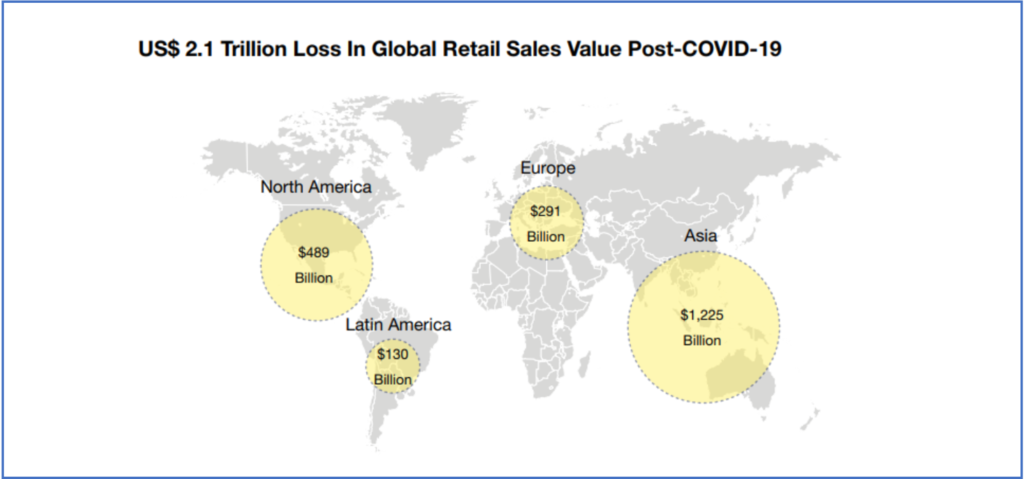
Beck’s 2018 research, involving 140 million transactions across leading retailers in the US and UK, estimated a 1% loss in total revenue for every 10% increase in self-checkout/self-scanning utilization (compared to total transactions made in-store). This demonstrates the significant impact of self-checkout loss on retailer profitability.
Beyond the Numbers
The impact of self-checkout loss goes beyond financial consequences. It can damage customer trust and lead to reputational harm for retailers. Customers who experience issues with self-checkout systems may become frustrated and less likely to return. Additionally, negative news reports about self-checkout loss can damage a retailer’s brand image.
Addressing the Challenge:
Fortunately, several solutions can help mitigate the risks associated with self-checkout and reduce loss. These include:
- Implementing advanced AI-powered self-checkout systems: These systems utilize sophisticated algorithms, computer vision and machine learning to detect and prevent scanning errors and other suspicious activities.
- Enhancing training and supervision: Providing employees with comprehensive training on self-checkout procedures and protocols can help identify and address potential issues.
Deploying loss prevention technology: Implementing solutions like weight sensors and electronic article surveillance (EAS) systems can deter theft and provide real-time alerts of suspicious activity.
Supersmart: Eliminating Self-Checkout Loss
Supersmart’s AI-powered self-checkout solution addresses the inherent challenges of traditional systems. It leverages advanced data algorithms, weight sensors, computer vision and machine learning to achieve:
-
- Real-time bagging verification: Ensures all scanned items are placed in the cart/ bag, preventing errors.
- Advanced anomaly detection: Identifies suspicious activity, including voiding and hiding of items and unauthorized actions done by the shopper.
- Integrated loss prevention tools: Provides real-time alerts and insights to store personnel, enabling proactive intervention.
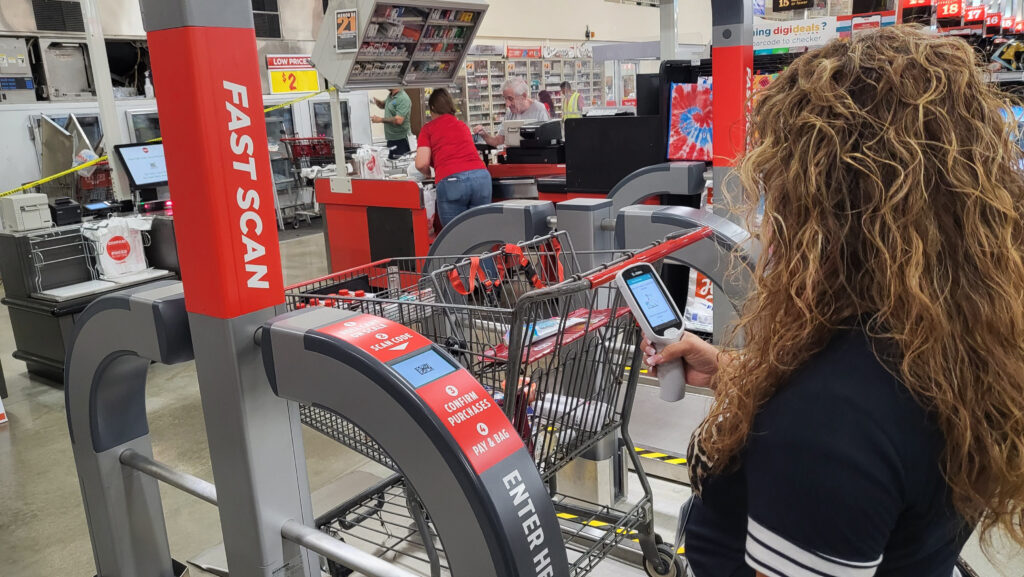
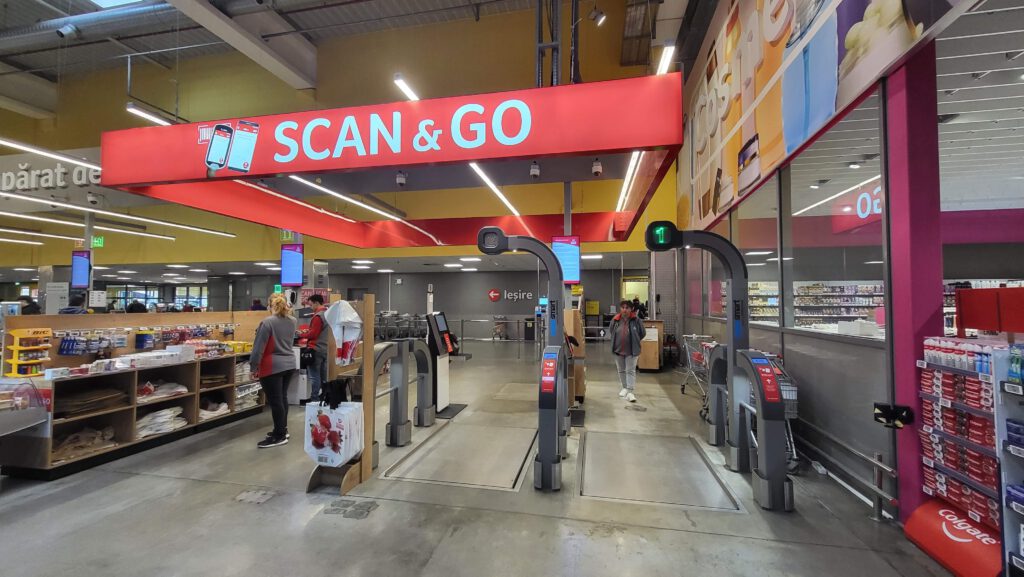
By deploying Supersmart, retailers can achieve a truly frictionless checkout experience while significantly reducing loss and protecting their bottom line.
Self-checkout can offer significant benefits for retailers and consumers. However, addressing the issue of self-checkout loss is crucial for long-term sustainability and profitability. By implementing advanced AI-powered solutions like Supersmart, retailers can unlock the full potential of self-checkout technology while ensuring a secure and profitable shopping environment.
References:
- Adrian Beck, “The impact of self-checkout on retail shrinkage” (2020)
- Adrian Beck, “Self-Checkout in Retail: Measuring the Loss” (2018)
- New York Times, “Self-Checkout Lanes Pose Billions in Losses for Retailers” (2016)
- Sensormatic Solutions, “The Global Retail Loss Report” (2022)

